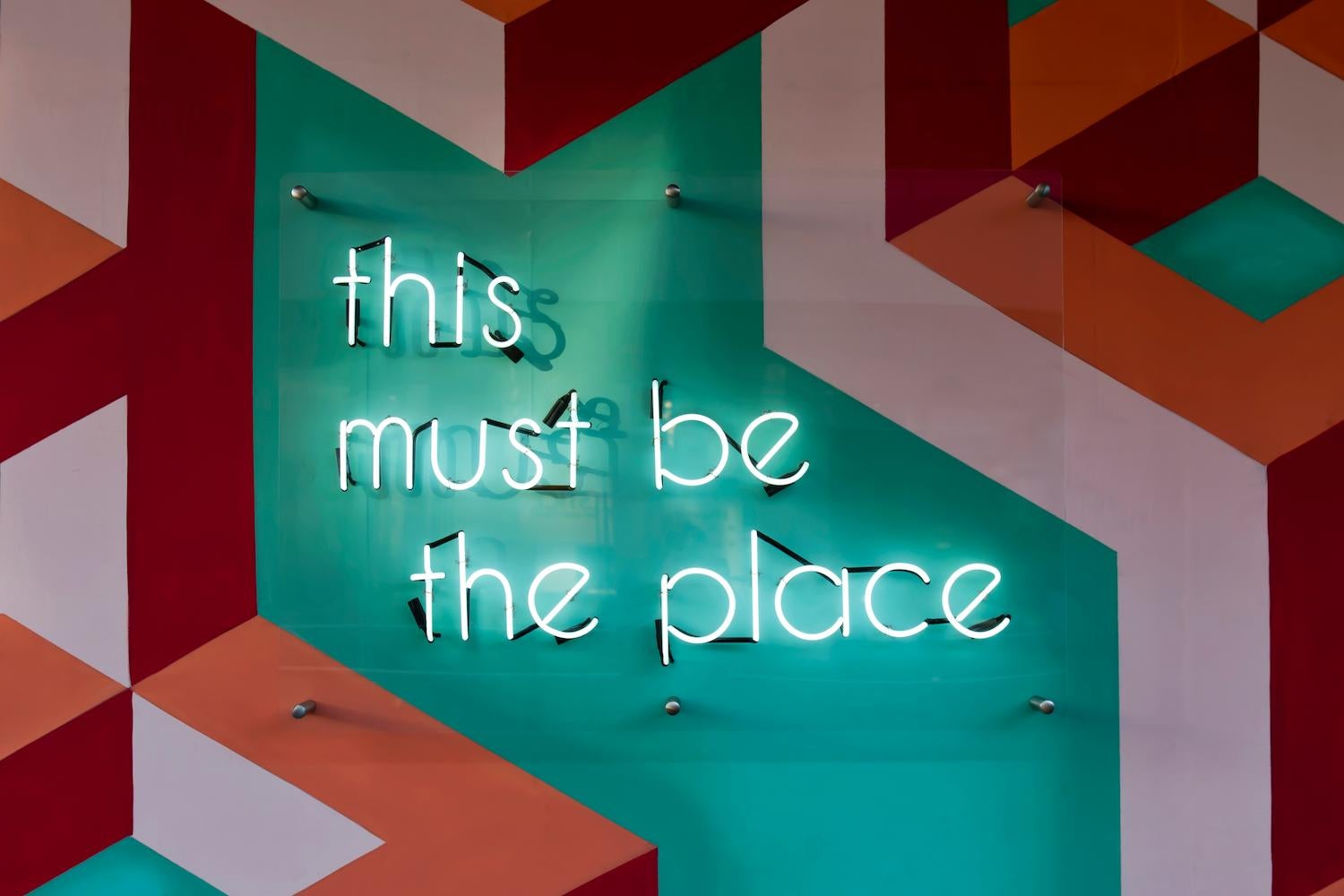Gamification In Recruitment - Examples and Tips on How To Gamify the Process
Are you familiar with the situation when you have to wait 2 or 3 weeks for feedback after your interview? Or the lack of one at all? Or, as an HR specialist, you may have hundreds of potential candidates to sort out, screen and contact.
Fortunately, there are techniques and tools we can use to make the process more efficient and friendly for both parties. Gamification is a well-researched technique used in a number of companies, including Microsoft, Starbucks, and even the U.S. Army. It involves the application of game mechanics and methods outside of gaming environments - for example, in professional settings.
And it's based on facts: According to TalentLMS, 78% of survey respondents say companies would be more attractive if they used gamification in their hiring processes. They can also speed things up, select more suitable employees and reduce the overall cost of recruitment.
If you want to learn more about how gamification and recruiting can work wonders when combined, as well as some pros and cons of mixing them up, and a package of juicy examples, you have come to the right place.
Read on and you will find out!
What is Gamification in Recruitment and Why It Matters?
In general, gamification is a strategy that uses aspects of game theory, design, and game mechanics to entice and motivate people to achieve a specific goal outside of a game environment - for example, corporate training, completing a report, or reaching a productivity threshold.
Gamification can improve employee sales, motivation, retention and productivity, as well as onboarding services and recruitment processes through the use of mechanisms such as progress bars, gamified tasks, leaderboards and scenarios.
Gamification in recruitment can be a real game-changer. It can simulate real-life situations and experiences that appeal to candidates, speed up interviews and screenings, and make the hiring process easier and more efficient for HR as well. In a gamified HR hiring software or task, users often compete against each other, and those who do well are ultimately likely to be hired.

Why Should you Follow Recruitment Trends like Gamification?
It's simple; let me explain. The recruitment process is sometimes long and tedious and requires you to step out of your comfort zone. Gamification is great for motivating people to complete challenging tasks. They allow you to get people excited, so they do not give up during the process, make it fun and lighten up the process to make it exciting
It also helps structure the recruitment workflow, sequencing the following steps and making the process agile and complete. The HR specialists don't waste time and enthusiasm and engage candidates so that the best of them finish the hiring process - bringing the best talent and employees to your organization.
Pros and Cons of Gamification in Recruitment
PROS:
#1 Simplifying the Interview Cycle – the unification and standardization of the hiring process associated with the introduction of gamification in recruitment (not through an interactive app with instant feedback and transparent stages and clear communication about whether you have been accepted or not) reduces and simplifies workflows and streamlines the hiring process. Candidate selection is just faster and more efficient.
#2 Wider range of talent and completed applications – because the gamified experience is distinctive and unique, it attracts more attention from talented job seekers. We currently have a market of workers who can click through job listings - by using gamification in recruiting, you get them to choose your company. Furthermore, gamified recruiting fuels future employee engagement and motivates them to complete the process.
#3 It works well for employer branding – companies that use gamification for recruiting gain an image of an organization that is open, modern and different from others. Since we as humans are more inclined to share news about interesting and unusual hiring experiences, this type of activity will lead to publicity and good feedback from the next applicants.
#4 Understanding the company culture – the candidate can learn more about the culture of the company before deciding to join there. Gamification in recruitment also makes it easy to find out if the prospective employees are a good fit for the company in terms of personality. The way they handle gamified tasks, collaborate and communicate with others is priceless information that is not easily obtained in a normal, impersonal hiring process.
# You can test for particular abilities – gamification is based on a challenge scheme that is easily verifiable - if the task is done positively, there is a reward, and if it is done poorly, negative feedback is given (it provides instant feedback). Consequently, you can easily assess candidate problem solving skills, as well as time management, teamwork, creativity, delegation, organization, or even customer service or leadership abilities.
CONS:
#1. It won't work for short recruitment processes – it does not make sense to recruit a waiter or receptionist this way because their hiring processes are not as multi-layered as those of programmers, managers, or sales specialists. Always consider first whether gamification is appropriate for the scope and size of your processes and organization.
#2. Algorithms are bias-prone – algorithms are not perfect and need constant monitoring, improvement and review. During a video interview, a particular AI-powered hiring tool selected an applicant who had a bookshelf in the background and rejected the one who did not. This is where you need a back-office tool, sometimes a dedicated gamification platform.
#3. Not all employers are ready for this – the hiring process should be consistent with the company's image and goals. Therefore, an organization that does not prioritize new technologies, automation, and better quality of talent added to the company will not benefit from gamification solutions.
#4 Addressed mainly to modern companies and positions - unfortunately, it will be difficult to find a locksmith or a handyman with gamified techniques. Gamification in recruitment is not universal and is mainly aimed at office workers who work with computers on a daily basis in departments such as IT, sales, HR or marketing team.
Tips on How To Gamify the Process of Hiring
1. Start with a good plan and define your objectives
To start, it's worth asking yourself a few questions. No gamification efforts make sense if they are not tied to specific goals, such as increasing the number of completed hires, making tasks more interesting for applicants, as well as improving the process for the hiring team. Ask yourself if gamification is the right direction? Will this method work, or is it better to go in a different direction? You need to answer questions like these:
- Is my recruitment process short and simple or complex?
- Is my image modern and interactive or modern and conservative?
- Is the organization open to innovation and challenge, or does it prefer traditional methods, and will it struggle to navigate a gamified process?
2. Arrange the steps of the recruitment process into a storyline
Once you know what improvements your recruiting process needs and what your goals are, organize each step into a storyline. Build each stage (sending resumes, feedback, application games and feedback, interviews) into a story (maybe a detective story to uncover a mystery, or an adventure narrative?). Explicitly define what makes you pass a stage and what makes you drop out of it.
Adapt the tasks to the skills being studied and add the elements that were missing - for example, peer assessment or teamwork tasks.
3. Add gamified mechanics that actually work
When you finally have the concept and story of a particular recruitment ready - for example, recruiting a social media specialist to promote the Witcher brand or unleash their creative and problem-solving skills on the character of Wednesday - it's time to add the technical aspect. There are many options here, but it must fit your goals.
- points - a points system that boosts motivation
- levels - will add a level of difficulty and play on ambition
- awards - badges or titles that will keep the applicant involved in the process
- leaderboards - rankings that engage healthy competition
- feedback - a dream and fundamental trait of a good hiring process
Gamification Recruitment Examples
Gamification examples in recruitment abound, even though you might not expect it. It is a very helpful and innovative tool to filter out the best candidates and make the process less lengthy and tedious. In the last part of this article, we will look at some companies that have chosen this strategy to step up their hiring procedures.
- PwC Hungary: The story of PwC Hungary, which attempted to inspire applicants and allow them to learn more about the organization before the initial interview, is a fantastic illustration of such a creative recruitment strategy. They created a game called Multipoly Next, whose objective was to evaluate candidates in terms of their interest in the company.
The core idea involved teams solving real-life problems. The game was based on a scoring system in which job applicants earned points after completing a logical, numerical test or uploading a LinkedIn profile. The game boosted applications by 190% and tested the job seekers on their teamwork and collaboration skills. This hiring game also helped PwC's new hires feel more comfortable during the onboarding process.
- Phoenix Software: Another example of companies using gamification for recruitment is Phoenix Software, a software solutions company that approached gamification principles in a more direct way. They chose to use Escape Rooms, where candidates found themselves in rooms with current employees. They received hints and were instructed to find their way out. This allowed them to locate the most competent candidate in a fun activity outside of the work context.
And how? Because escape depended on using their technological expertise. Instead of simply talking about their talents during interviews, participants were able to demonstrate them in a real-world setting. The entire hiring process went smoothly, with a dash of fun, and really good future employees emerged.
- Siemens: When it comes to hiring, Siemens, an industrial giant with headquarters in Germany, is yet another company that is exploring the area of gamification and recruitment. In the digital educational game "Plantville," created by Siemens, players assumed the role of a site manager supervising a virtual business. HR gradually developed the ability to evaluate candidates in terms of whether they are qualified for the position.
The game was built on measuring key performance metrics, along with administrative tasks such as managing more Siemens machines and managing limited financial resources. This type of gamified software design strategy may aid a company to attract potentially capable new workers, especially from the younger generation.
Gamification and Recruitment Are the Right Answer
Gamification elements in recruitment are far superior to traditional screening practices. Altogether, it offers a wide range of advantages for businesses wishing to enhance their hiring procedures. Customized recruitment gamification tools make the process more engaging while acquiring excellent employees and staying on top of contemporary trends.
If you are considering in your company the implementation of gamification in the recruitment process and you do not know how to do it, contact us for a free consultation - we will be happy to help!
 Employee engagement
Employee engagementUncover the Benefits of Long-Term Employee Development
While introducing continuous employee training programme requires investment in time and capital, its advantages can easily outshine the problems. Discover the benefits of long-term employee development.
 Employee engagement
Employee engagementWhat Are The Best Benefits for Employees? TOP 6 Propositions that Actually Work
Discover which employee benefits can help your company succeed by luring top people and keeping them on board.
 Onboarding and offboarding
Onboarding and offboardingAll You Need to Know About the Role of Buddy in Workplace
Improve your workplace buddy system to help new hires and their buddies, speed up onboarding, and bring more value to the business.